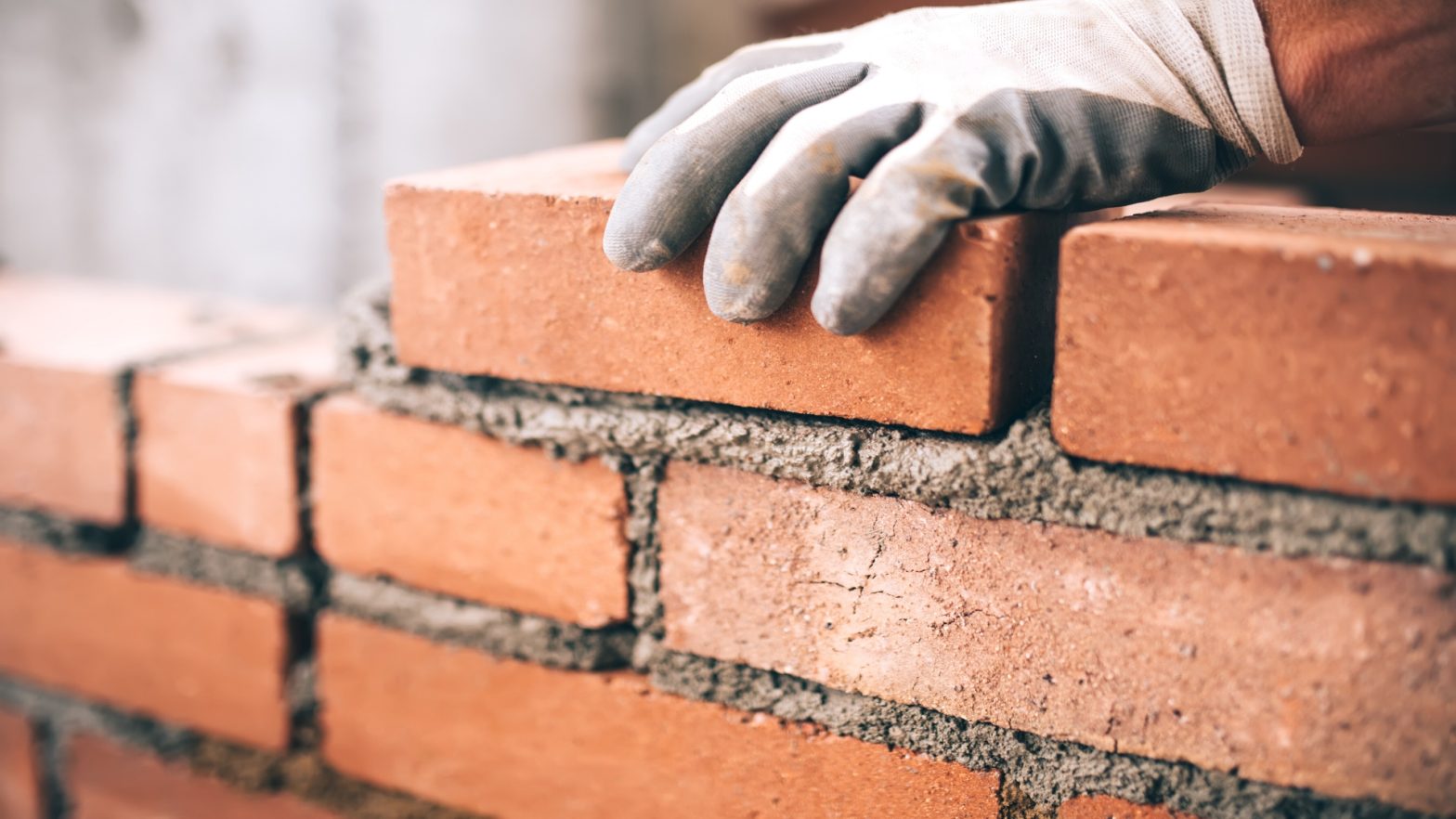Utilizing Urban Planning Practices to Help Design an Eco-Friendly Living Space
Today, more and more people are prioritizing sustainability in their lives. From corporations engaging in green accounting to consumers wanting ethically sourced products, people are beginning to truly care about making the world a more eco-friendly place.
As of late, people are now even searching for ways to make their homes more eco-friendly. Thankfully, urban planning can play a key role in helping make this dream a reality for droves of people in the modern world. Understanding how this is the case is key to gaining perspective on how society and people’s living spaces can become more sustainable in the coming years.
Here’s utilizing urban planning practices to help design an eco-friendly living space.
Understanding Urban Planning
In a nutshell, urban planning is the process of designing, regulating, and planning various urban spaces. This can include practices such as designing parks and planning new highways.
This process involves a wide variety of professionals ranging from architects to civil engineers. Much like other fields, urban planning has evolved over the decades. In the modern age, this process is becoming a tool for creating eco-friendly and sustainable places.
The Connection Between Urban Planning and Eco-Friendly Homes
In the modern age, many urban planning committees and organizations are attempting to create and cultivate sustainable cities. Essentially, this means creating things that serve to benefit the environment and people living in it rather than harm it.
Some common occurrences of this practice involve building areas meant to encourage residents to use public transportation and building sustainable power sources. However, while these additions are usually to public spaces, they can have a profound impact on people’s homes.
For example, when urban planning committees create sustainable places, they often have rules for the homes that can be built there. In other words, they ensure that the homes being built will be eco-friendly.
Another way that urban planning helps to bolster the creation of eco-friendly homes is by including spaces dedicated to nature. Ultimately, being close to these types of places can make it easier for homes to promote sustainable and eco-friendly practices.
Beyond these already beneficial effects of sustainable urban planning, this type of planning can also set amazing precedents. Though other homebuilders may not be required to follow certain rules, they will be more likely to keep sustainability and social justice in mind when building in sustainably planned areas.
Key Facets of Eco-Friendly Living Spaces
There are a wide variety of factors that can make homes more eco-friendly. The more awareness is brought to these factors, the more homeowners will strive to include them in their living spaces.
Here are key facets of eco-friendly living spaces.
Prioritizing Energy Efficiency
Whether it’s through drawing power from turbines or installing solar panels, prioritizing energy efficiency is key for creating sustainable living spaces. In essence, taking advantage of these types of energy-efficient power sources can reduce the amount of greenhouse gases being emitted into the atmosphere.
Ultimately, these efforts can help to combat climate change and reduce the impact of one’s home on the environment. As such, installing energy-efficient appliances is a great way to make a home eco-friendlier.
Utilizing Sustainable Materials
When it comes to building homes in the modern age, many builders use a wide variety of materials that are harmful to the environment. This being the case, staying away from this practice and utilizing sustainable materials can have a meaningful and beneficial impact on the modern environment.
Some key sustainable materials that can be used to build eco-friendly homes include reclaimed wood, stone, and cork. By making the extra effort and utilizing these materials, people can ensure that their homes are not harming the environment around them.
Taking Advantage of Technology
While technology has improved many aspects of society over the past decade, it has also made it easier to make one’s home eco-friendly. Specifically, smart technology can help residents lower their energy consumption and make their homes more environmentally friendly in keyways.
Fortunately, this type of technology has become more accessible than ever before and can often be connected to one’s phone or tablet. Given how easy it is to take advantage of smart technology, everyone intent on living in an eco-friendly home should utilize this tool.
Sustainable Urban Planning Promotes Sustainable Living Spaces
Though there’s more work to be done, society is beginning to prioritize sustainability in a significant way. In particular, sustainable urban planning is helping to make cities less harmful to the environment and more enjoyable for residents to live in. The more sustainable urban planning spreads, the more eco-friendly homes will appear in our cities.
































